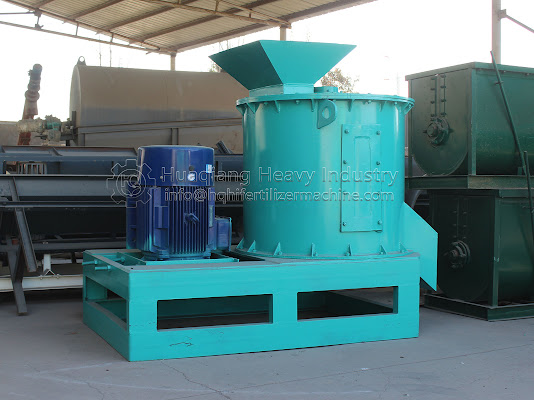Which granulation method is best for fertilizer production lines?
There is no absolutely "best" granulation method for fertilizer production lines. Different granulation methods are suitable for different scenarios and must be selected comprehensively based on the characteristics of the raw materials, product requirements, and production capacity. The following are the applicable characteristics of mainstream methods, which can be matched according to needs:
1. Drum granulation: Suitable for the production of medium-to-low hardness granules such as organic fertilizers and compound fertilizers. The material is tumbled by the rotation of the drum, and a binder is added to form granules. The granules have high roundness and high production capacity (several tons to tens of tons per hour). Drum granualtors have a simple structure and are easy to maintain. However, they require drying equipment and are suitable for large-scale production lines, especially when the raw materials are well-rotted organic fertilizers or powdered single-element fertilizers.
2. Extrusion granulation: No water or binder is added. The raw materials are forcibly compressed into granules through spiral or roller extrusion. The granules have high hardness and are suitable for heat-sensitive fertilizers (such as bio-organic fertilizers, to avoid high-temperature deactivation) and high-concentration compound fertilizers. However, the granule shape is mostly cylindrical or flattened round, with slightly lower roundness. It is suitable for production lines that require high granule strength and need to reduce drying steps.
3. Disc Granulation: Utilizing the rotational force of an inclined disc, materials are agglomerated into granules under centrifugal force. It offers flexible operation, allowing real-time adjustment of the tilt angle and rotation speed to control particle size, making it suitable for small to medium-scale production (1-5 tons per hour), especially for scenarios involving the mixing of organic fertilizers with small amounts of inorganic fertilizers. However, it has lower capacity and is highly sensitive to raw material moisture content, requiring precise control.
In summary, drum granulation is preferred for large-scale organic fertilizer produciotn lines (balancing efficiency and granule quality); extrusion granulation is suitable for bio-organic fertilizers or high-concentration fertilizers (preserving activity and hardness); disc granulation is suitable for flexible small- to medium-scale production; and spray granulation is used for high-end liquid fertilizer solidification. The "best" method essentially involves a precise match with raw material characteristics, capacity requirements, and product standards.




Comments
Post a Comment